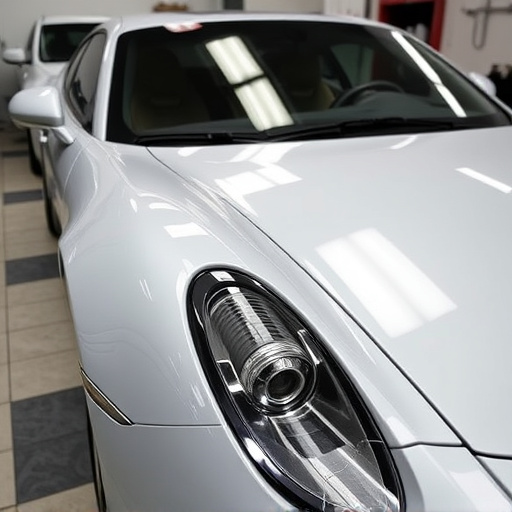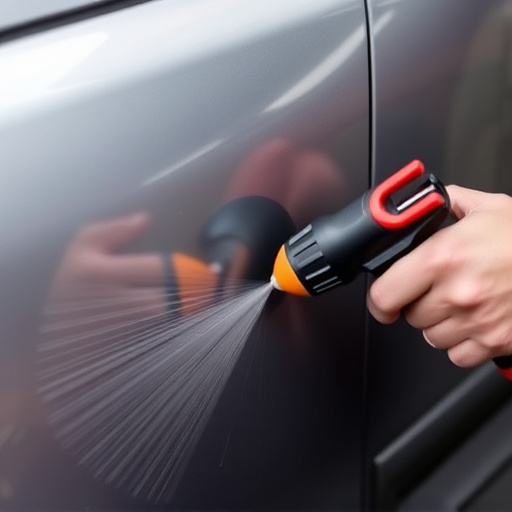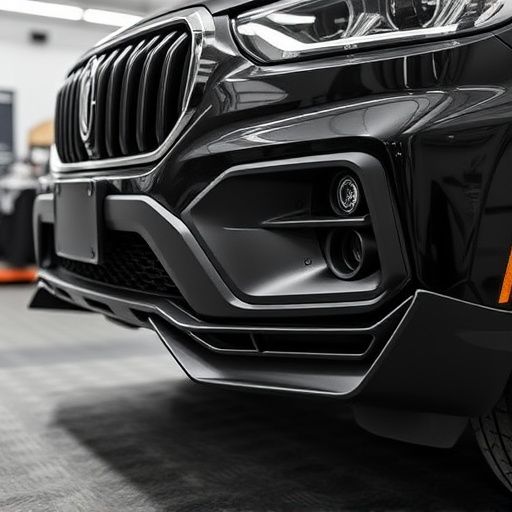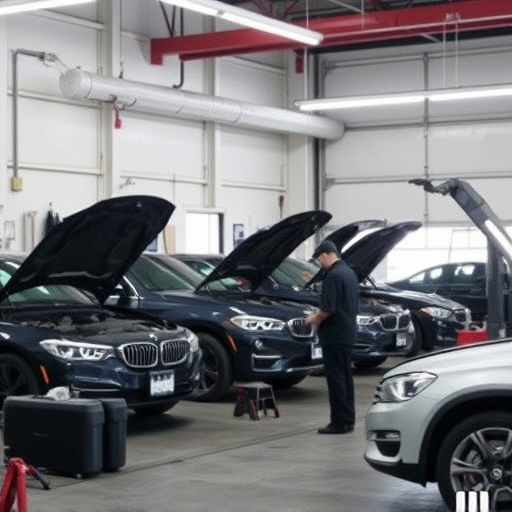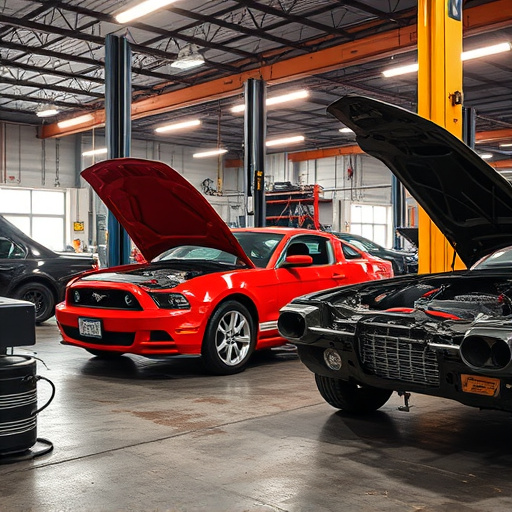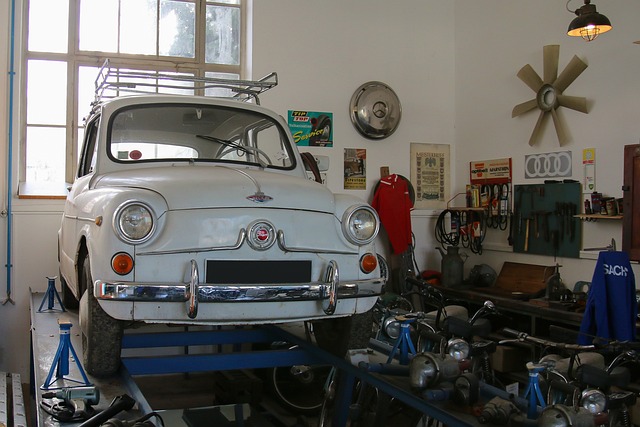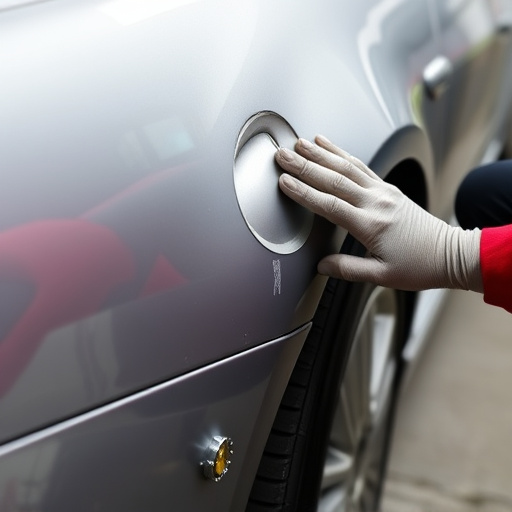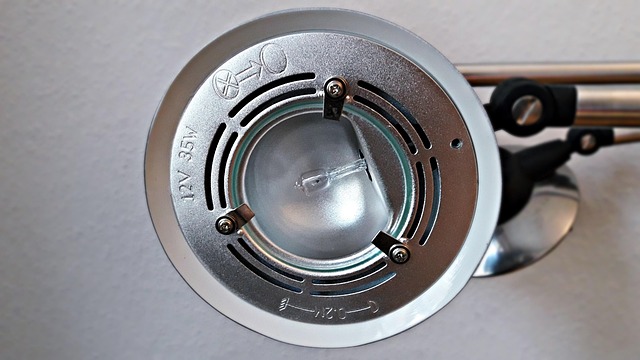Aftermarket auto glass is often cheaper but may not meet safety standards or fit properly due to variations in production and design. Auto shops prefer original equipment (OEM) glass for quality control, compatibility, and structural integrity concerns. Using OEM parts ensures better outcomes and driver safety during collisions, especially for vehicles with prior repair histories.
When your auto shop recommends against using aftermarket glass, it’s not always about cost. There are legitimate concerns surrounding compatibility, safety, and performance. This article delves into the reasons behind these recommendations, exploring the factors that make aftermarket auto glass incompatible with your vehicle. We’ll guide you through understanding original equipment requirements and when prioritizing safety is crucial.
- Understanding Auto Shop Concerns About Aftermarket Glass
- Factors That Make Aftermarket Auto Glass Incompatible
- Safeguarding Your Vehicle: When To Trust Original Equipment
Understanding Auto Shop Concerns About Aftermarket Glass
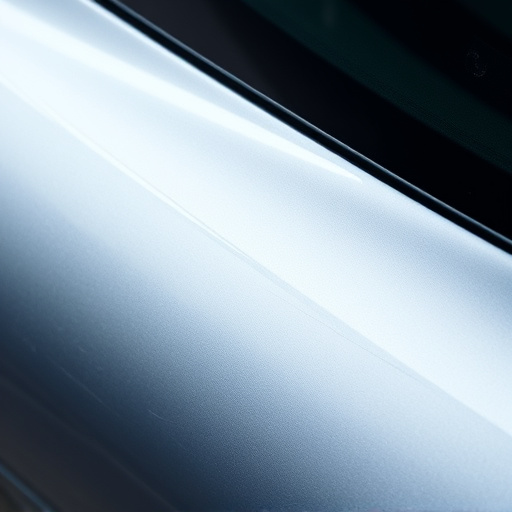
Many auto shops express concerns about recommending aftermarket auto glass for several valid reasons. One primary issue is quality control; not all aftermarket products meet the same safety and performance standards as original equipment (OE) glass. Aftermarket glass manufacturers often operate outside of the strict regulations enforced on OE producers, which can result in inferior products that may fail to provide adequate protection or visibility.
Additionally, auto shops worry about compatibility and proper installation. Aftermarket glass is designed to fit a wide range of models and years, but universal fitment isn’t always perfect. Improperly fitted glass can lead to issues like poor sealing, water penetration, and even structural integrity problems in the vehicle’s windshield or side windows. Since a properly executed collision repair and safe driving depend on secure glass installation, auto shops prioritize using OE glass or trusted, certified aftermarket brands that meet their rigorous quality standards.
Factors That Make Aftermarket Auto Glass Incompatible
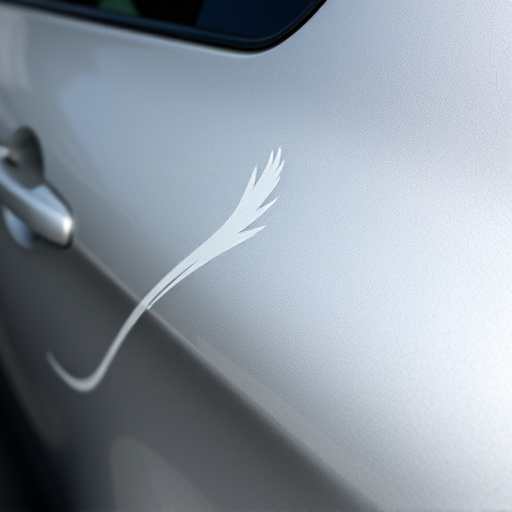
Aftermarket auto glass, while readily available and often cheaper than OEM (Original Equipment Manufacturer) glass, may not be suitable for all vehicles, especially those that have undergone previous repair or replacement work. Several factors contribute to its incompatibility with certain cars. One of the primary concerns is the precise fit and alignment required for auto glass installation. Aftermarket glasses are mass-produced, which can lead to variations in dimensions, affecting their compatibility with specific vehicle models. This discrepancy is particularly evident in vehicles with unique or non-standard glass shapes, making it challenging to find an aftermarket replacement that fits seamlessly.
Additionally, the quality and safety standards of aftermarket auto glass may differ from those set by car manufacturers. Auto collision centers and body shop services often recommend OEM glass because it meets the exact specifications of a vehicle’s design, ensuring a secure and safe fit. Aftermarket glasses might lack these precise tolerances, potentially compromising structural integrity and safety during a collision or over time due to exposure to varying weather conditions. Thus, when considering aftermarket auto glass, car collision repair experts advise caution, especially for vehicles that have sustained previous auto collision repairs, to ensure the best outcome and safety standards.
Safeguarding Your Vehicle: When To Trust Original Equipment
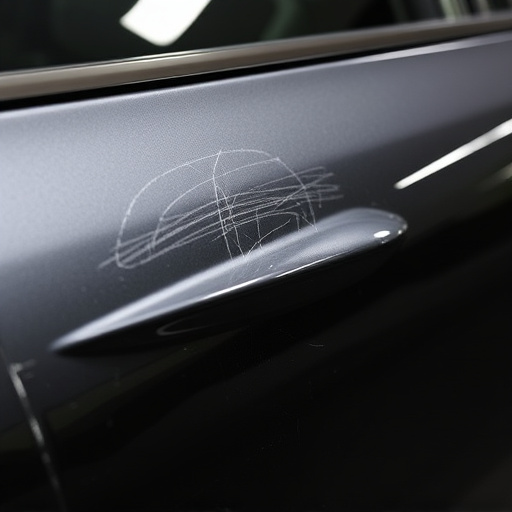
When considering auto repairs, it’s crucial to understand when to trust original equipment manufacturer (OEM) parts versus opting for aftermarket alternatives, especially when it comes to auto glass repair and replacement. While aftermarket auto glass can be an attractive option due to its lower cost, using non-OEM parts for certain components may pose potential risks to your vehicle’s safety and performance.
When it comes to essential safety features like windshields, side windows, and mirrors, sticking to OEM parts is advisable. Auto shops often recommend against aftermarket glass because these replacements might not meet the same rigorous safety standards as the original equipment. Aftermarket auto glass could have variations in thickness, impact resistance, or adherence to vehicle-specific design requirements, which are all critical factors for maintaining the structural integrity of your vehicle and ensuring driver and passenger safety during collisions. Therefore, prioritizing OEM glass for these parts is key to safeguarding your vehicle and those inside it, making it a wise decision that complements comprehensive tire services or car scratch repair jobs.
While aftermarket auto glass can be tempting due to its lower cost, auto shops often advise against its use due to potential compatibility issues and safety concerns. Understanding their reservations is crucial when maintaining your vehicle’s integrity. In many cases, trusting original equipment (OE) glass ensures superior performance, reliability, and peace of mind on the road. When considering aftermarket alternatives, thorough research and professional consultation are essential to avoid compromising your vehicle’s safety and structural integrity.
